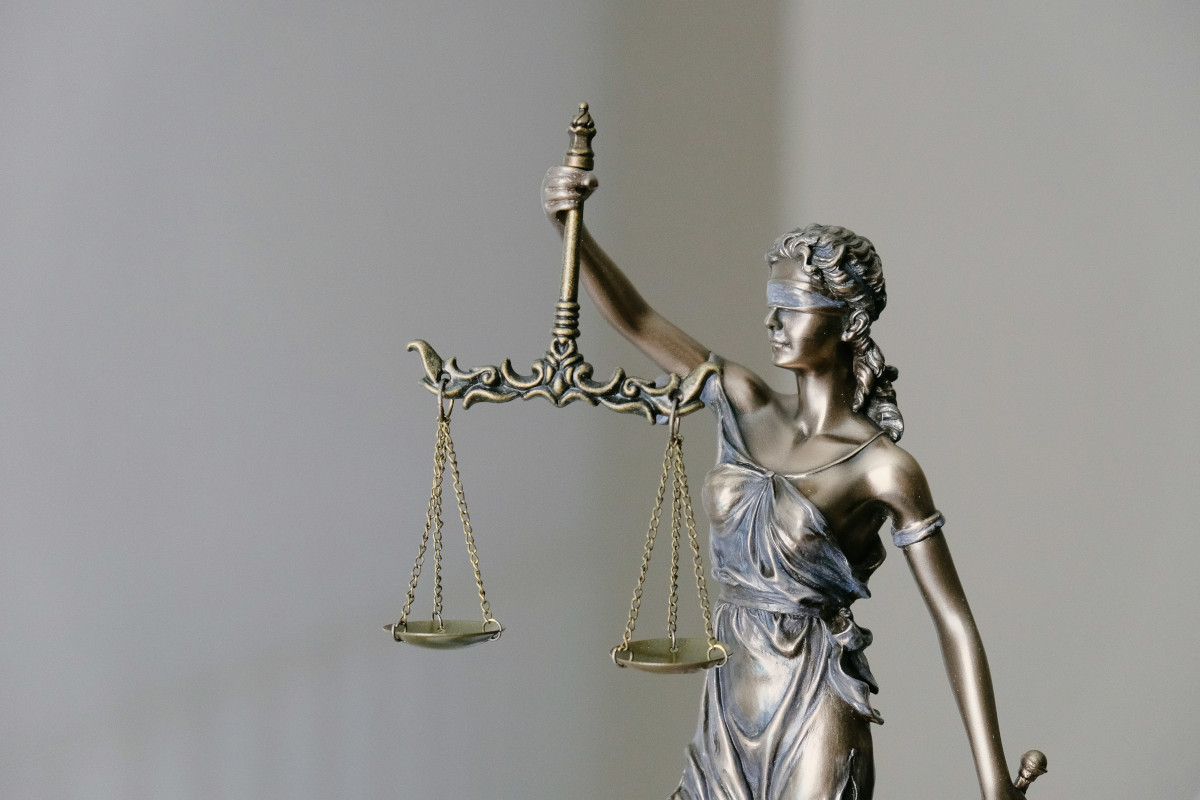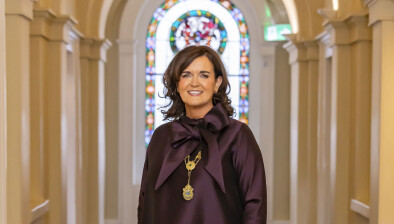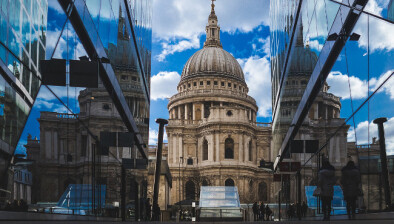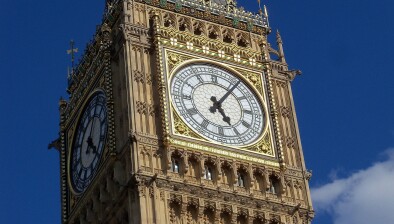England: Church granted permission to remove memorial to slave owner

A memorial in a church dedicated to an 18th century slave owner who was “instrumental in quelling” a slave uprising in Jamaica has been deemed racist and offensive and should be removed.
The Consistory Court of the Diocese of Salisbury has granted a faculty permitting the removal of the memorial to Dr John Gordon, who died in 1774 at the age of 46. He personally owned more than 400 slaves.
The memorial is part of the Grade I listed St Peter, Holy Trinity and All Saints, Dorchester. It will be relocated to the Dorset County Museum next door.
The memorial details Tacky’s Revolt of 1760, in which a slave known as Tacky, together with others, organised an uprising from April 7 to 14. It resulted in the deaths of more than 60 Europeans, a similar number of free people of colour and some 400 slaves.
Tacky was killed on April 14 along with other leaders of the rebellion and the remaining slaves were forced to surrender.
They sent a delegation to Gordon and offered to surrender if they could leave Jamaica instead of being put to death. The result was that some of the rebels were deported from Jamaica but remained slaves elsewhere.
Mark Blackett-Ord, appeared pro bono for the petitioners – the vicar and churchwardens of the church.
The chancellor of the Diocese of Salisbury said the case gave rise to difficult questions of “contested heritage”.
The memorial stated, inter alia, that: “John Gordon Esq … was signally instrumental in quelling a dangerous rebellion in that island in the year 1760. A large body of NEGROES whom his BRAVERY had repulsed finally yeilding [sic] to their confidence in his HUMANITY.”
The visitor book abounded in negative comments about the memorial. The Parochial Church Council found that the memorial compromised its core message of welcome to everyone “by condoning actions to suppress members of one ethnic group in language that is totally unacceptable today”.
In determining whether or not permission should be given to effect changes to the building, the Consistory Court applied the Duffield guidelines as detailed by the Court of Arches in In re St Alkmund, Duffield ([2013] Fam 158).
Ultimately, it was decided that the public benefit in removing the memorial to the museum next door would outweigh any harm caused to St Peter’s itself.









